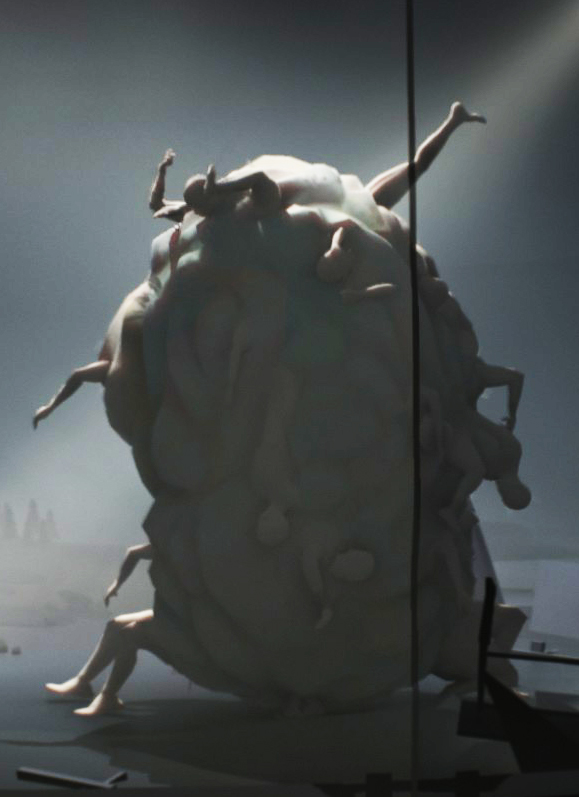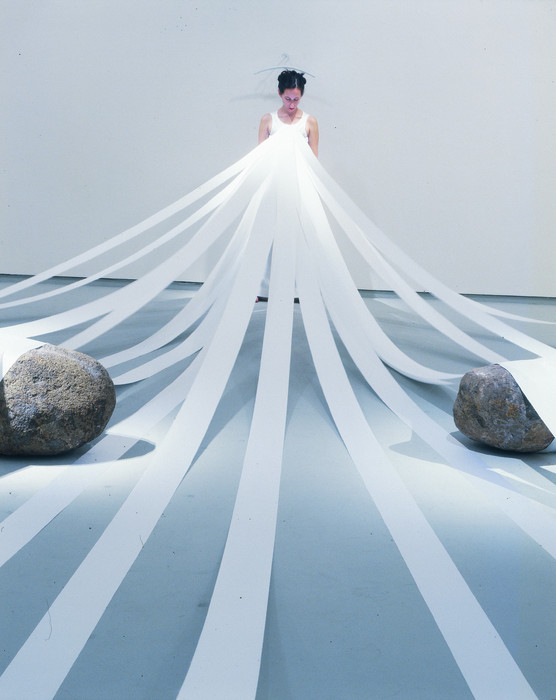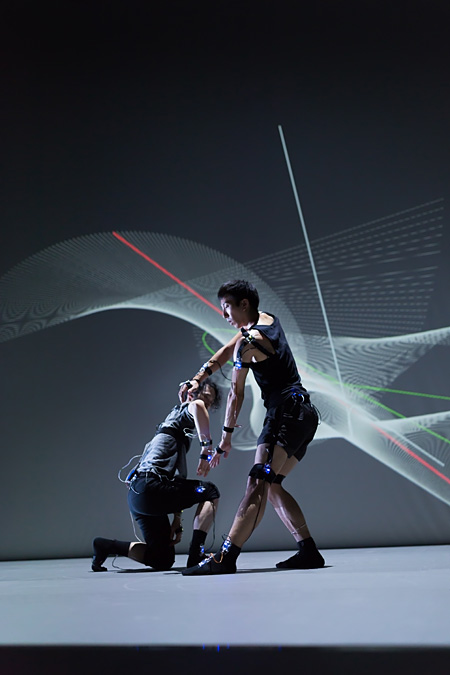
Hybe
Light Tree: Interactive Dan Flavin
HYBE’s Light Tree: Interactive Dan Flavin re-illuminates the minimalist fluorescent light tubes of Dan Flavin from the 1960s, through digital technology. Experimenting with light and its effect, Flavin explored artistic meaning in relationships between light, situation, and environment. The readymade fluorescent light fixtures he used created space divided and adjusted by light and composition, offering a newly structured space with light. HYBE’s work expands the logic of Flavin by reinforcing the physical property of light through interactive media. It presents an escape from traditional lighting, as light and color changes when touched by viewers. Lighting here is divided into front and back, and colors are programmed to maintain complementary colors. The front lighting constantly interacts with colors on a back wall through visual contrast and mixture. A random change and diffusion of light with the involvement of viewers provokes tension extending and segmenting space, turning space into a forum for emotional perceptual experience.










